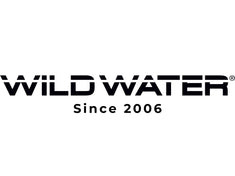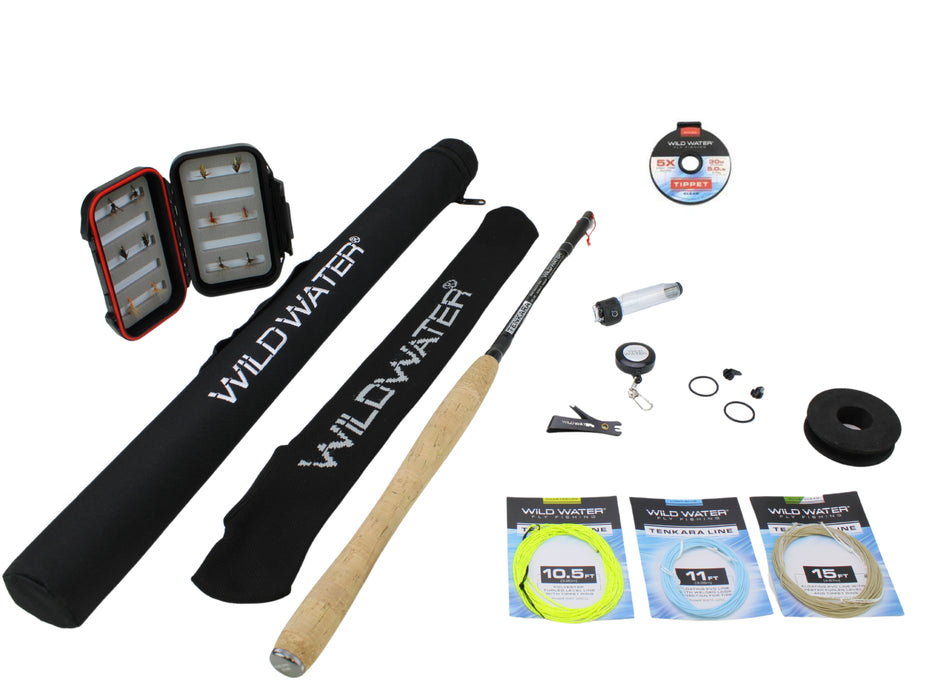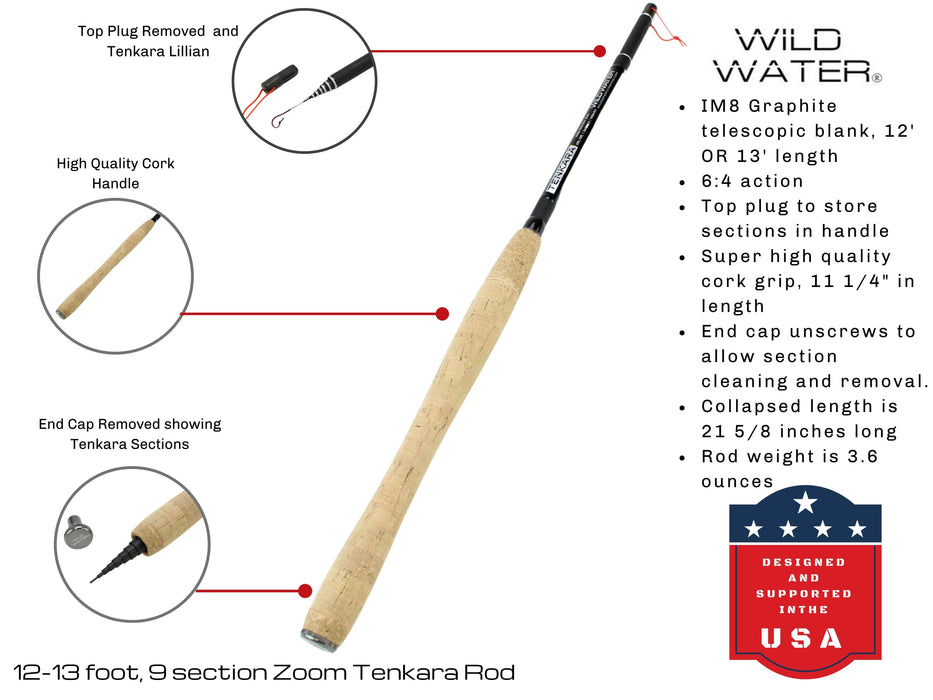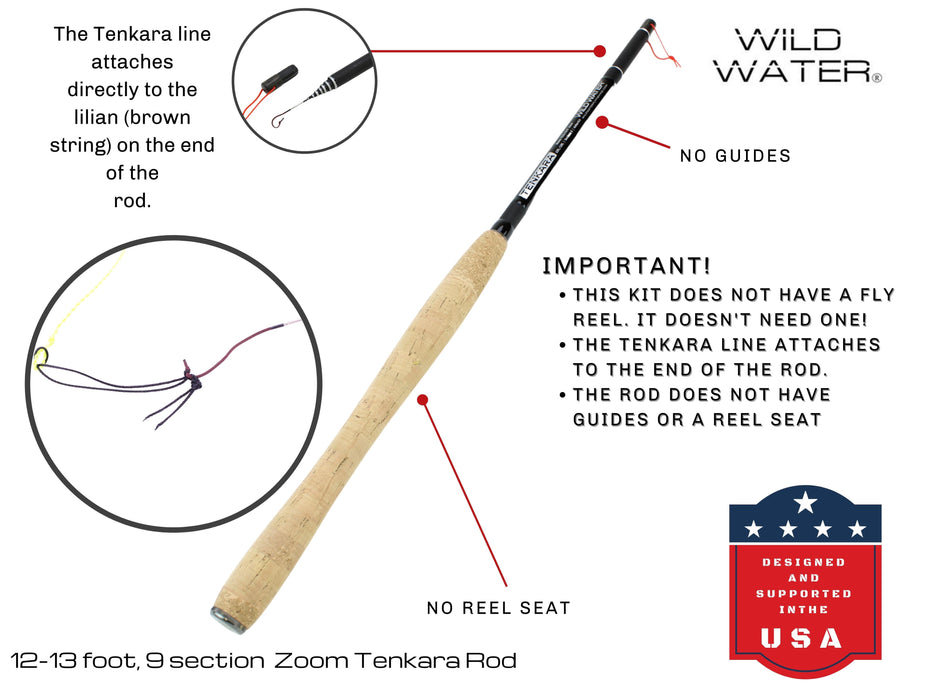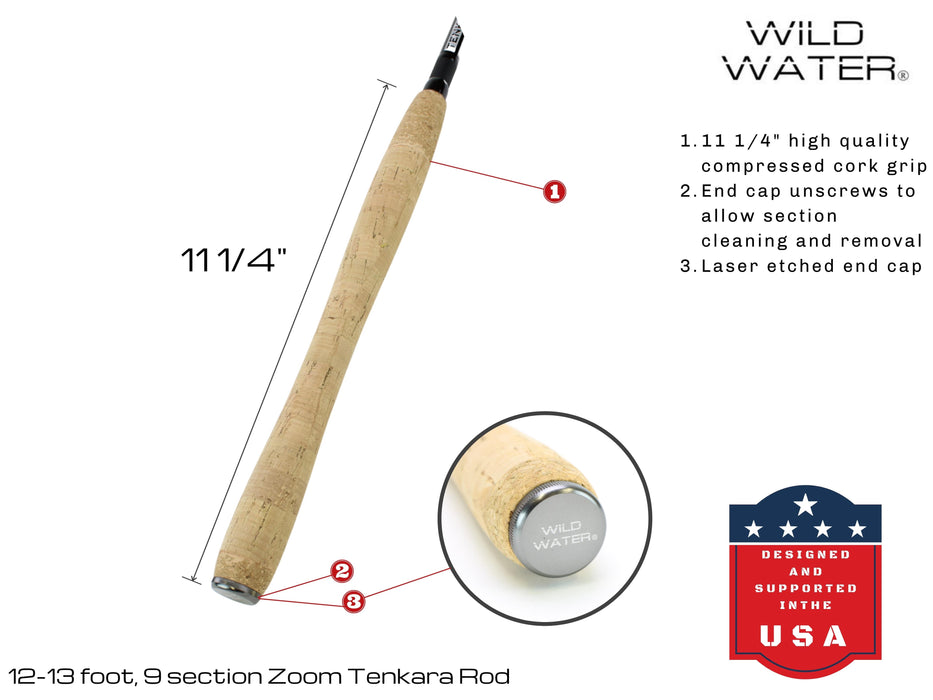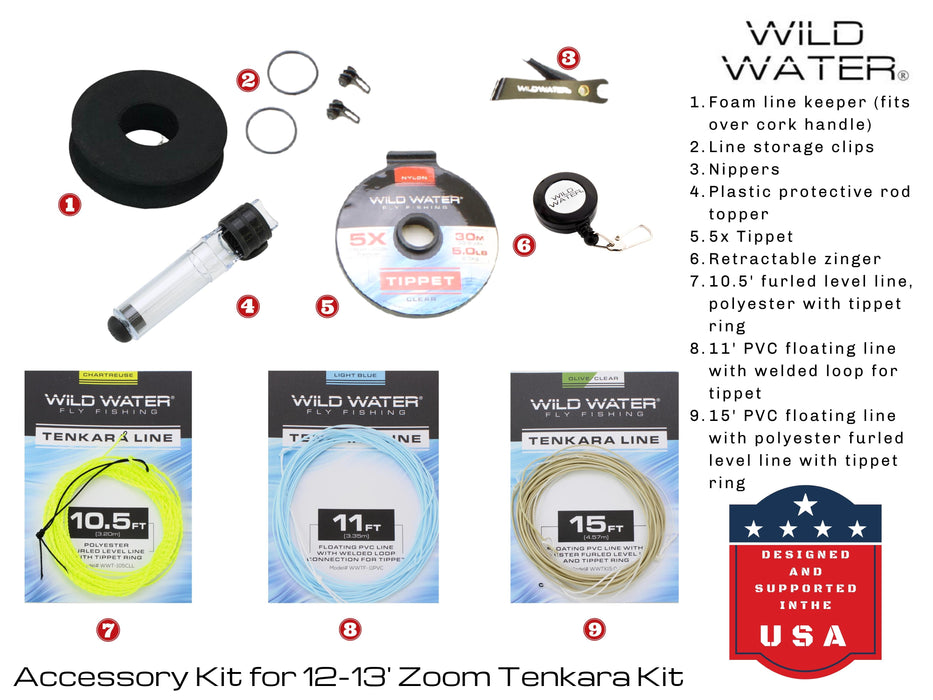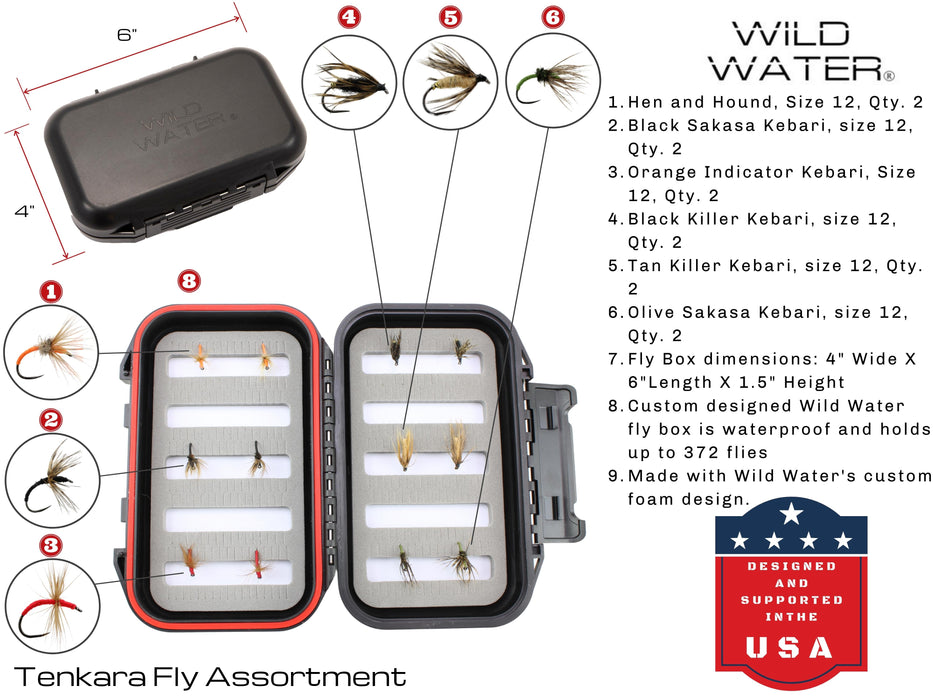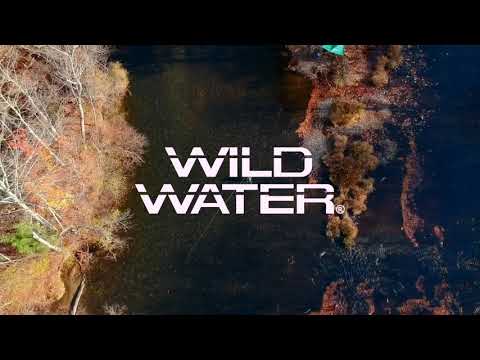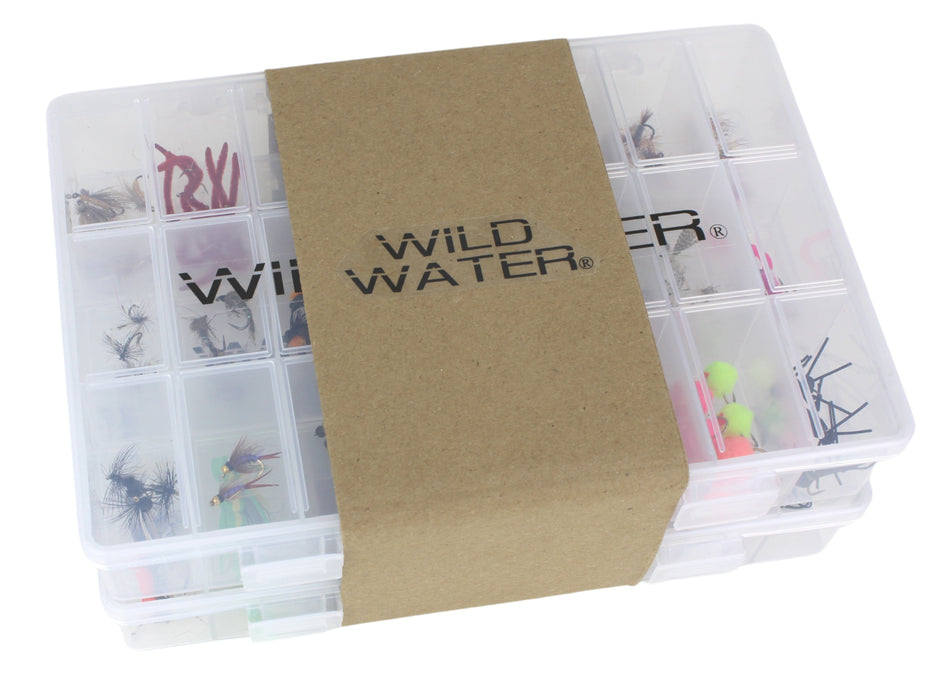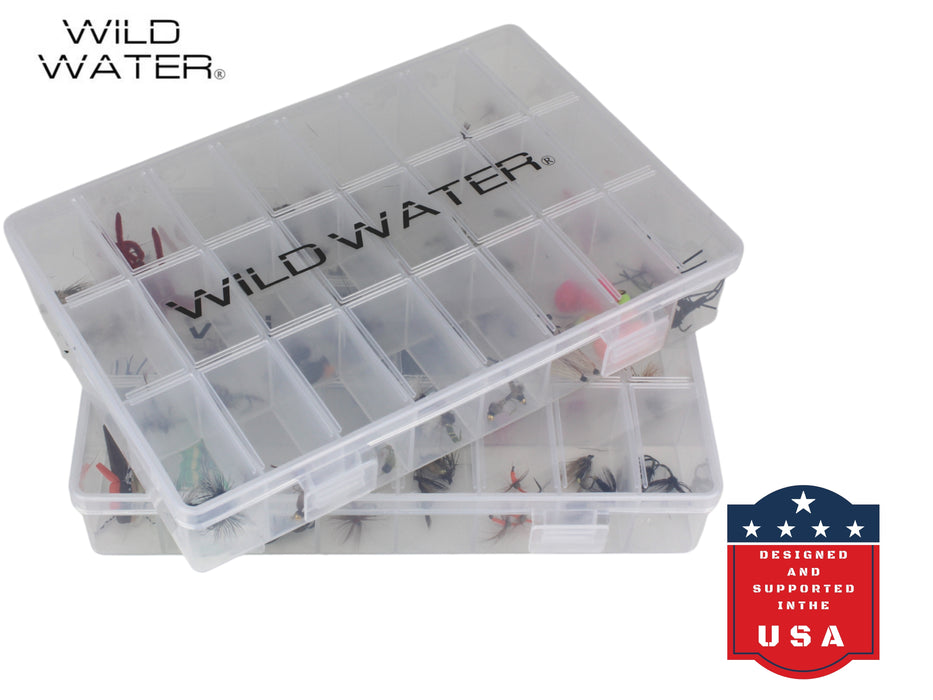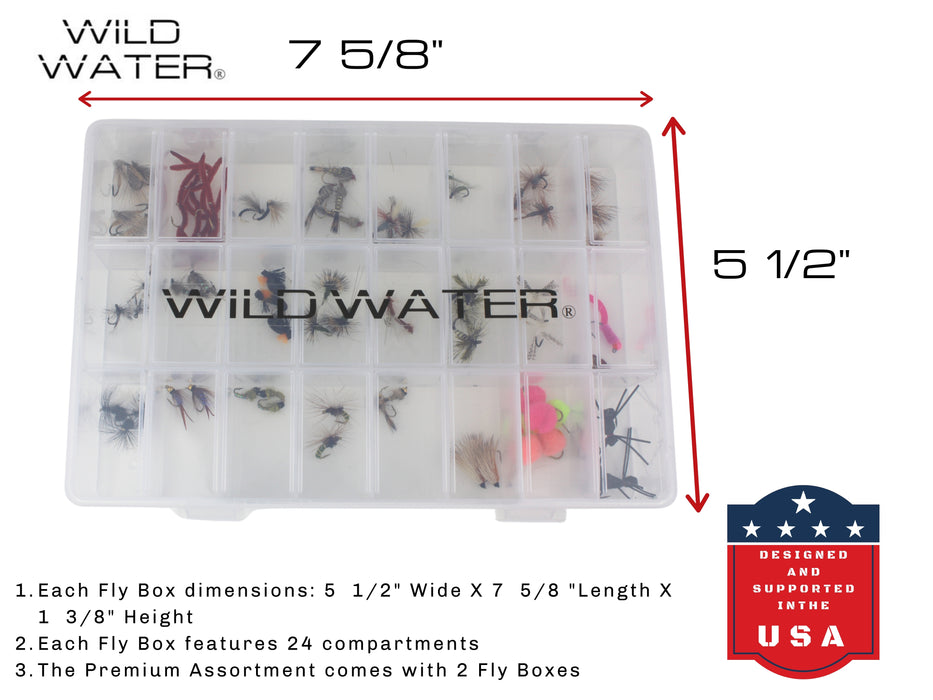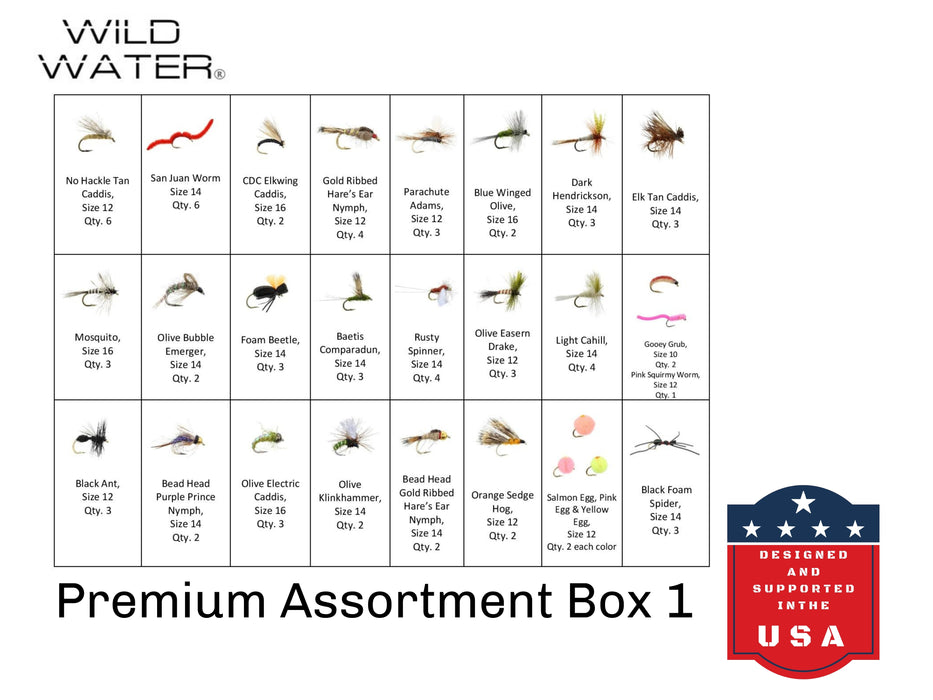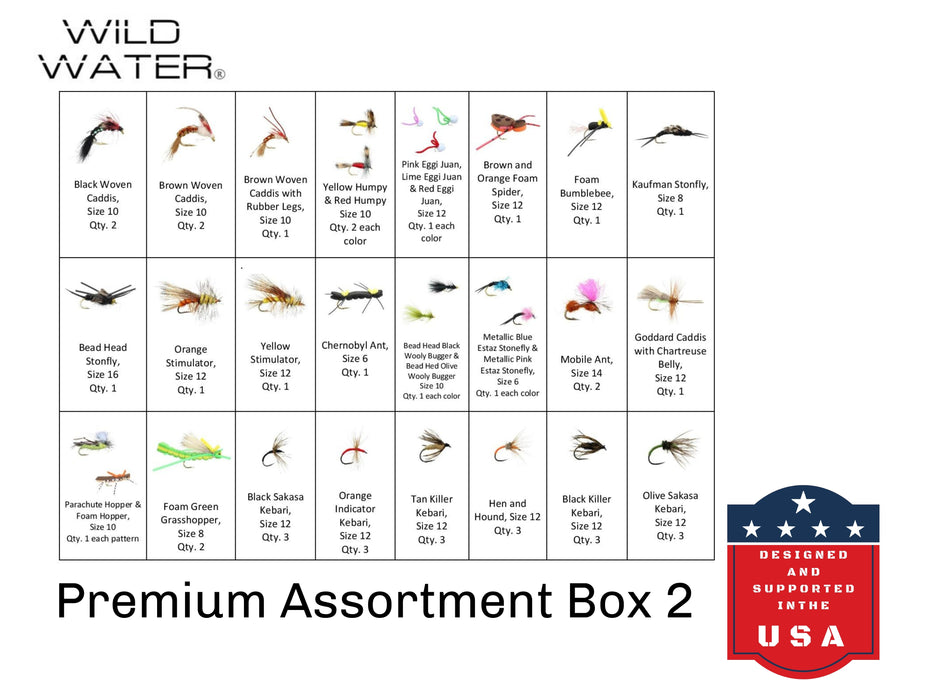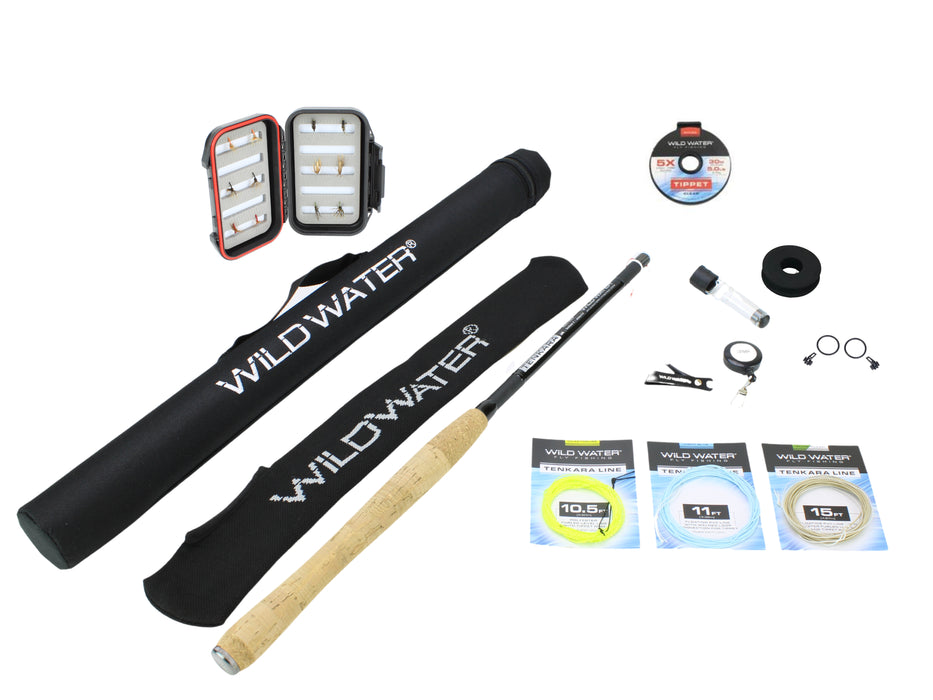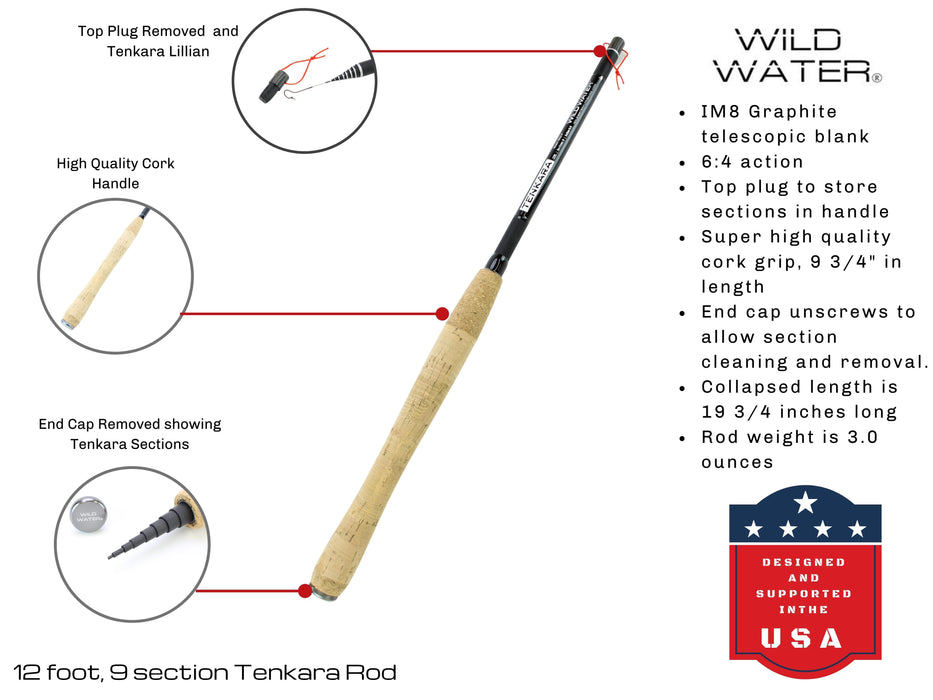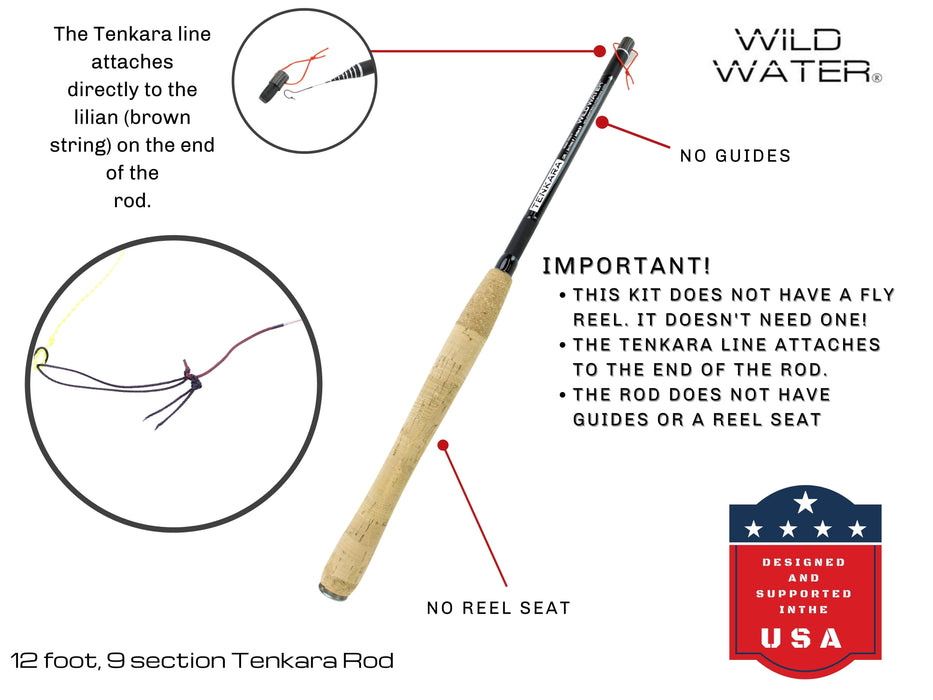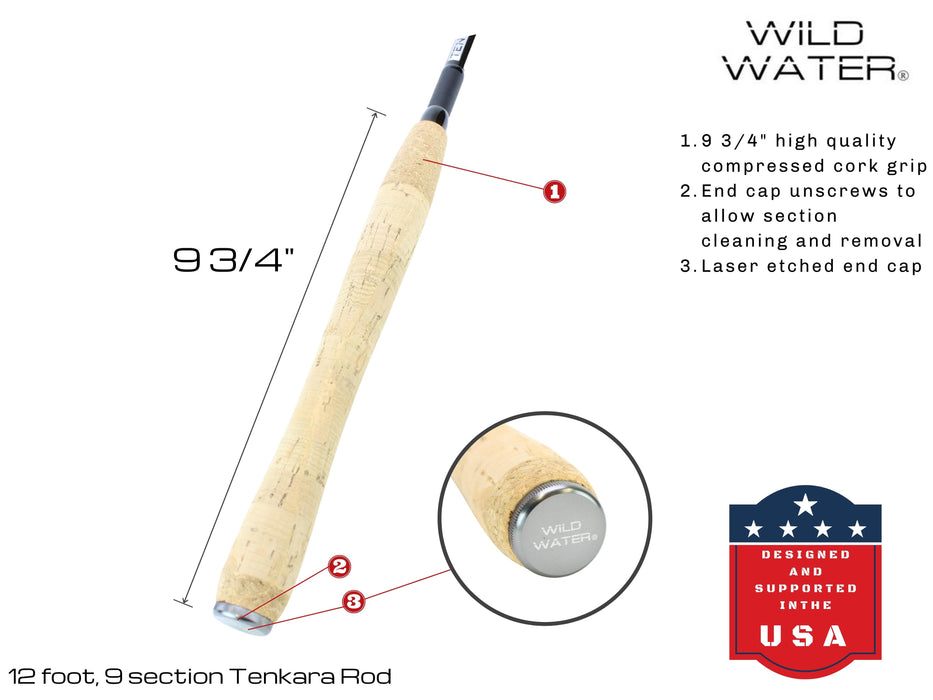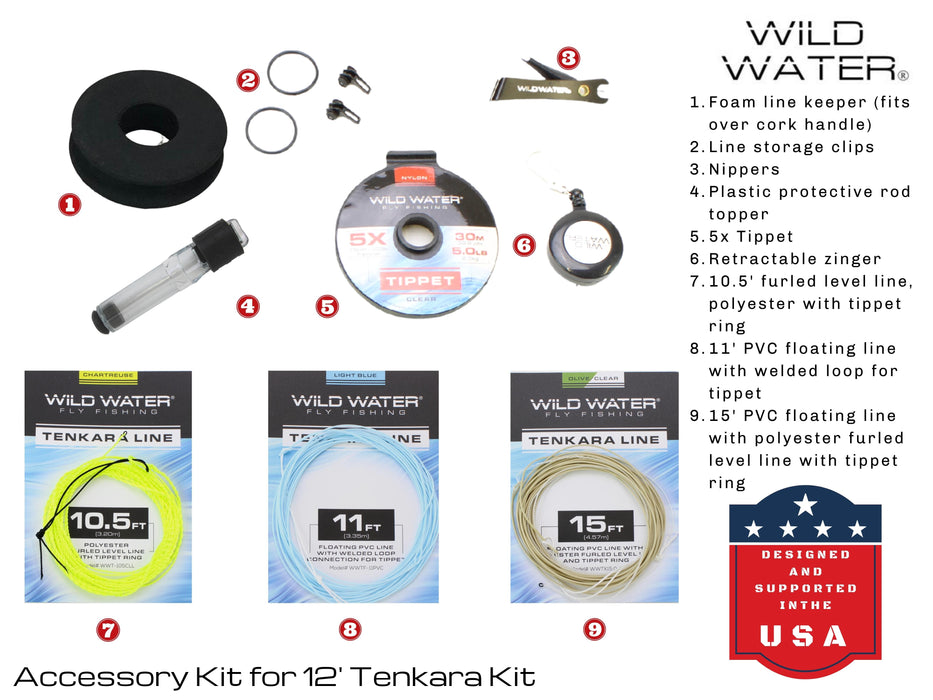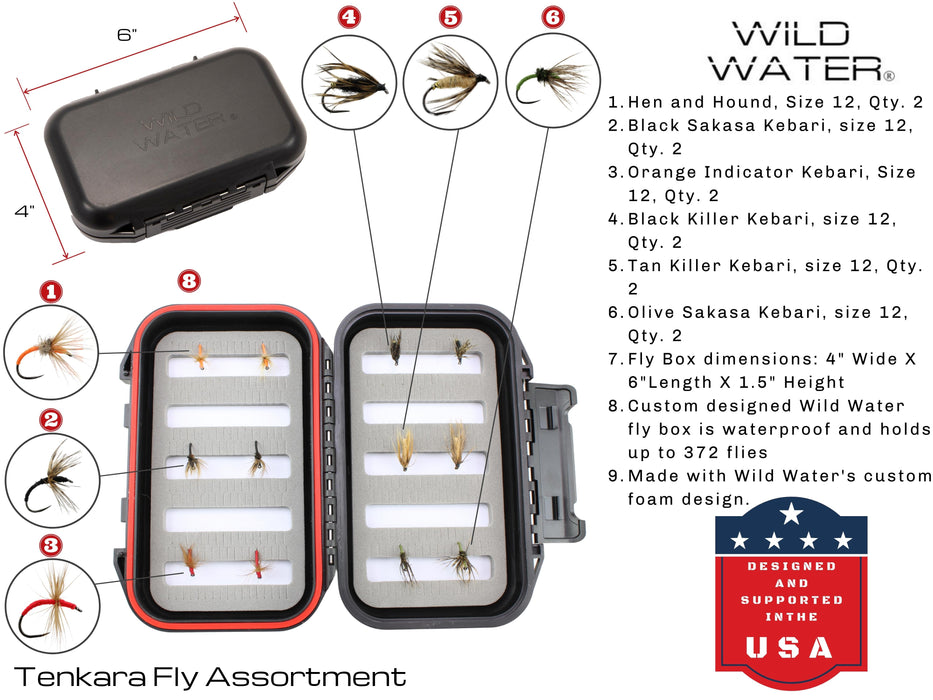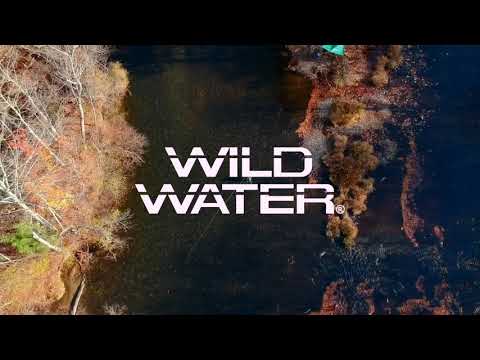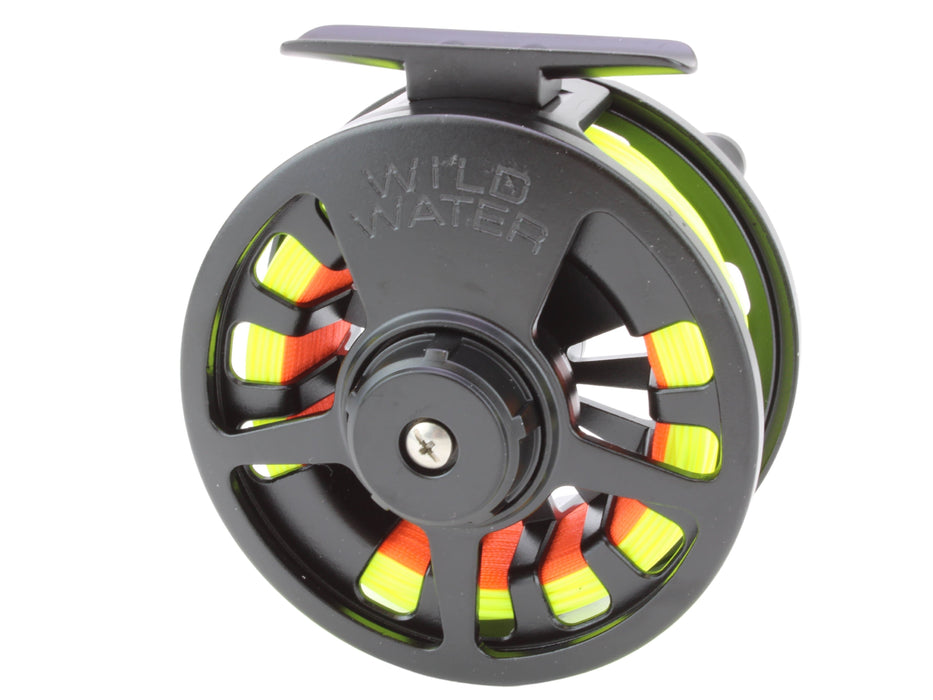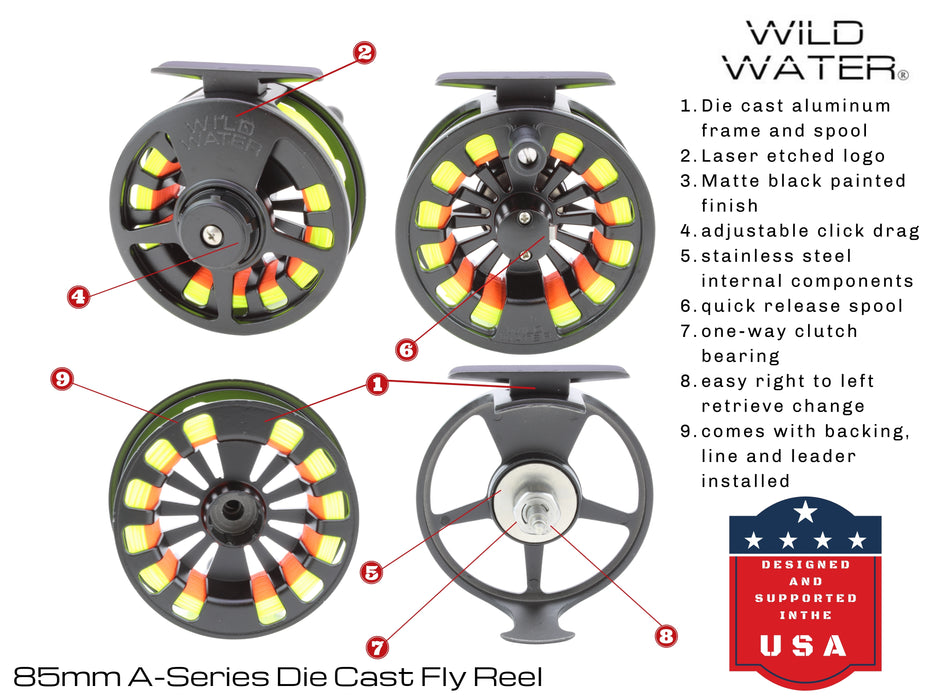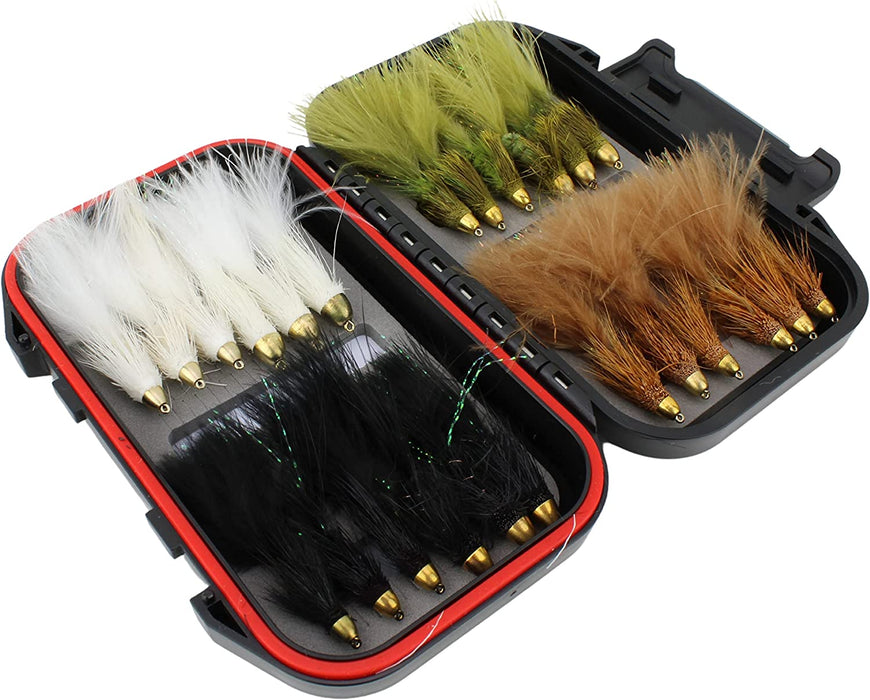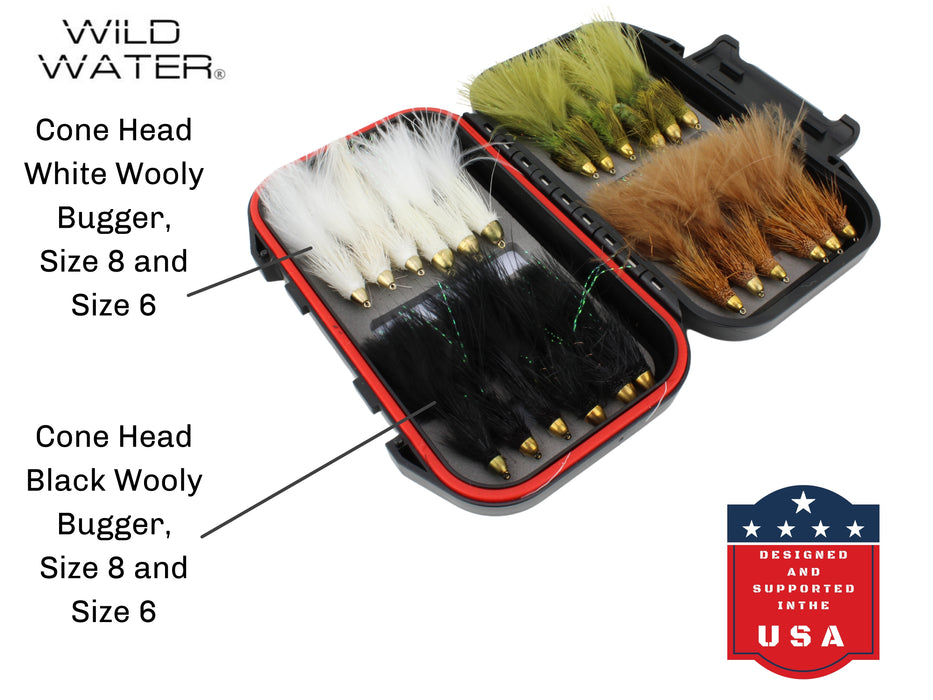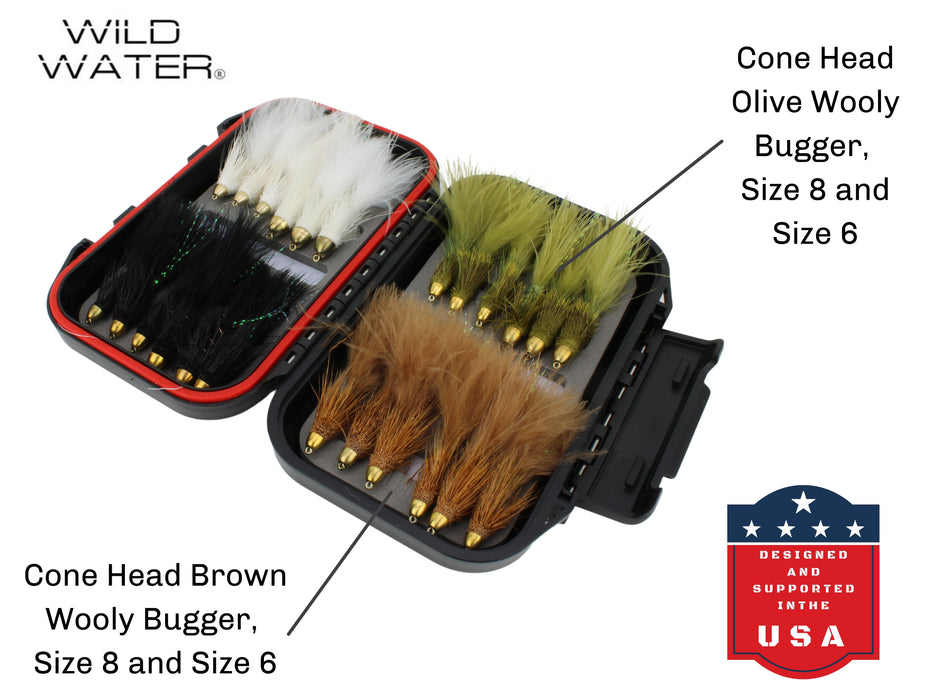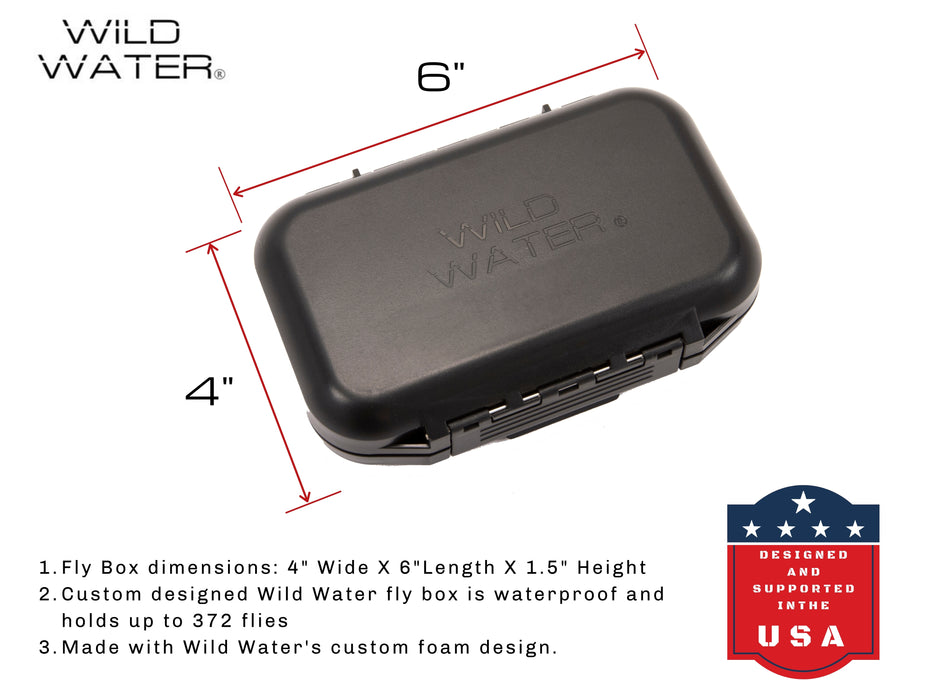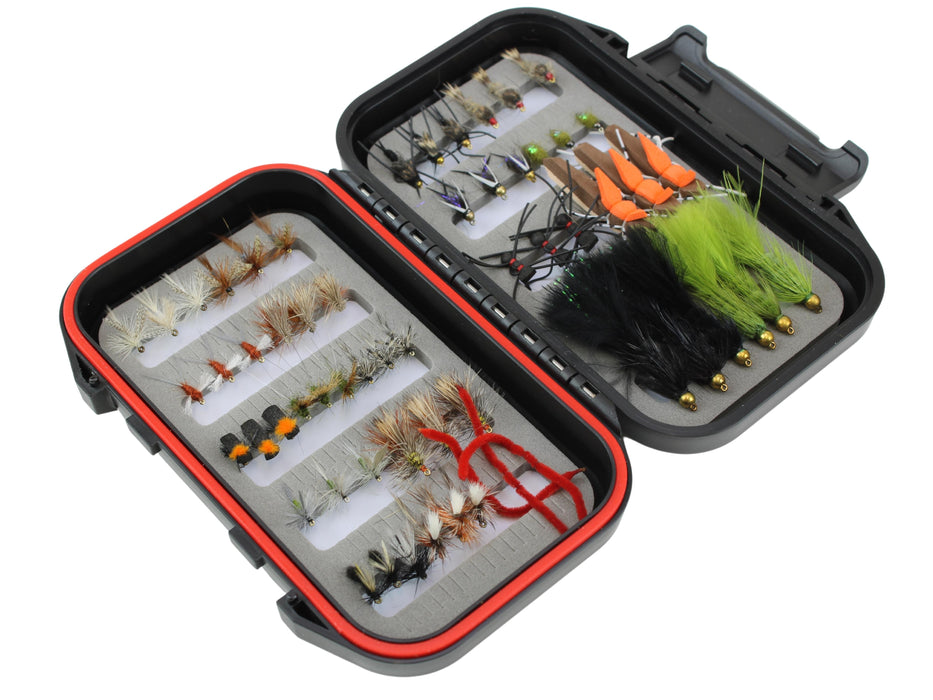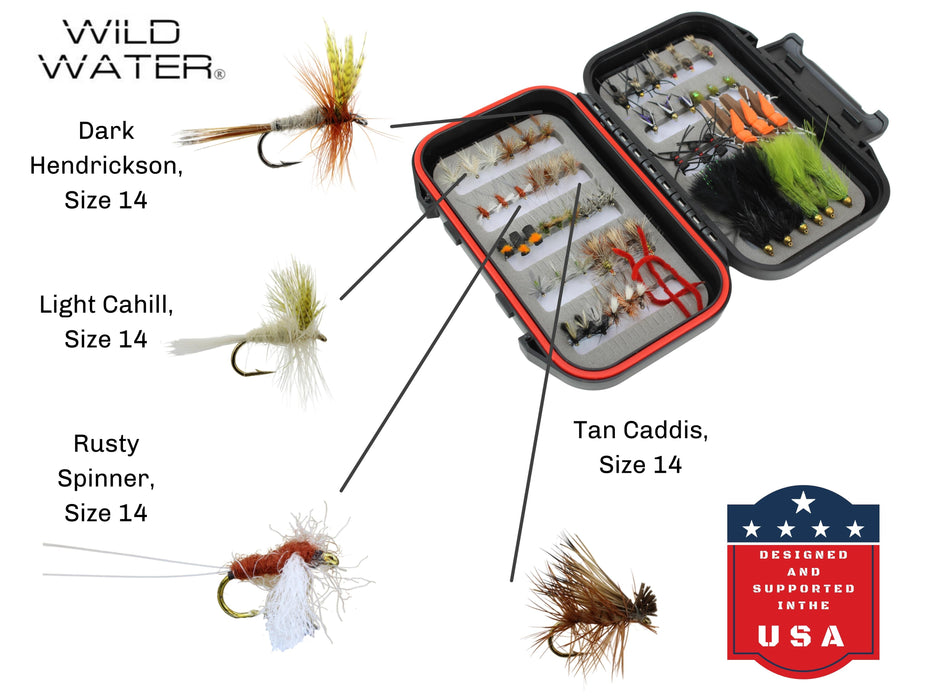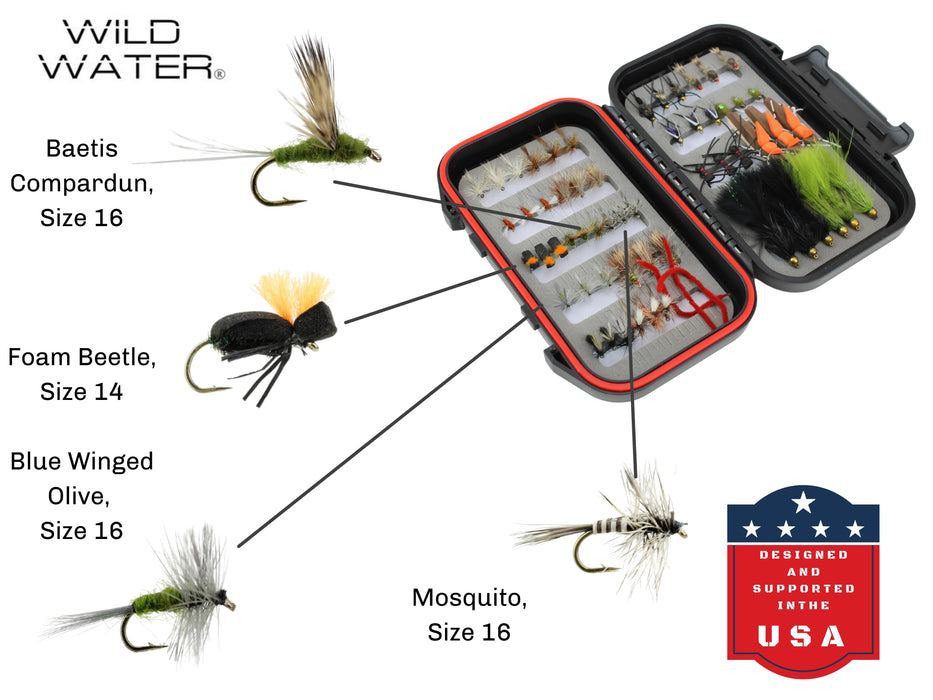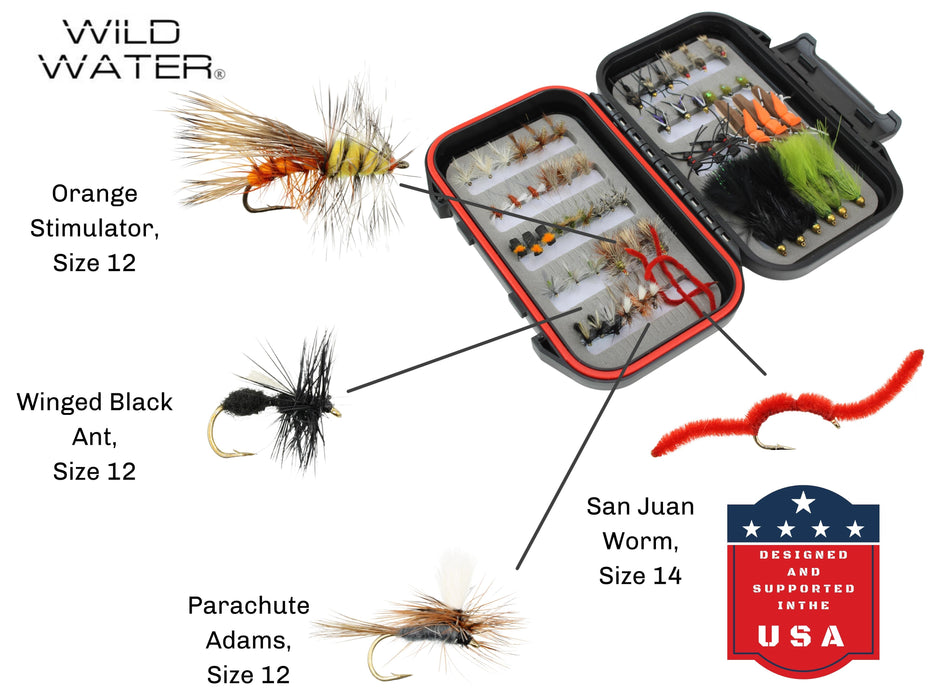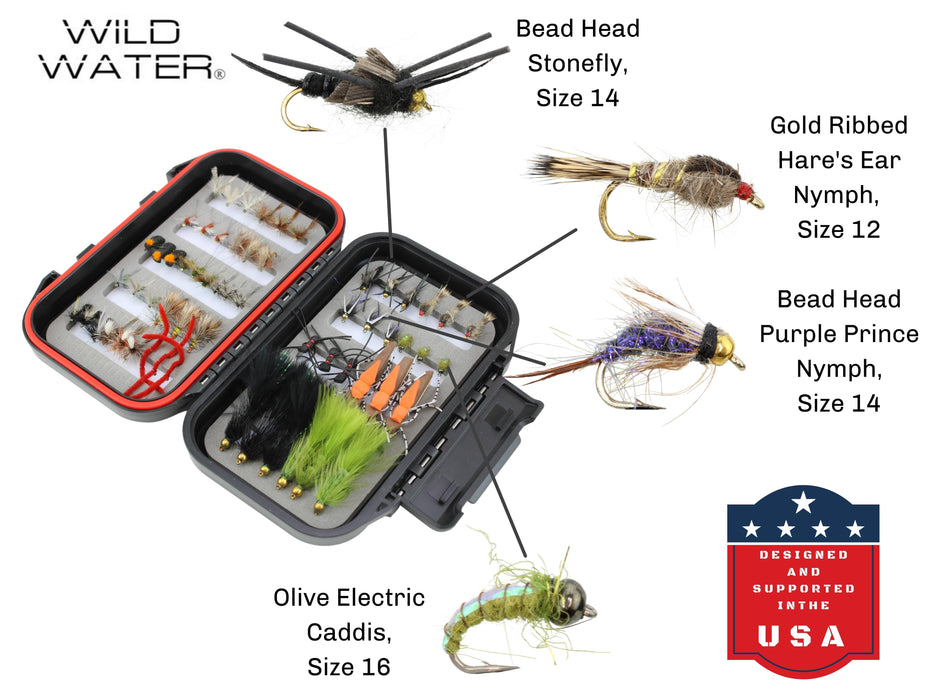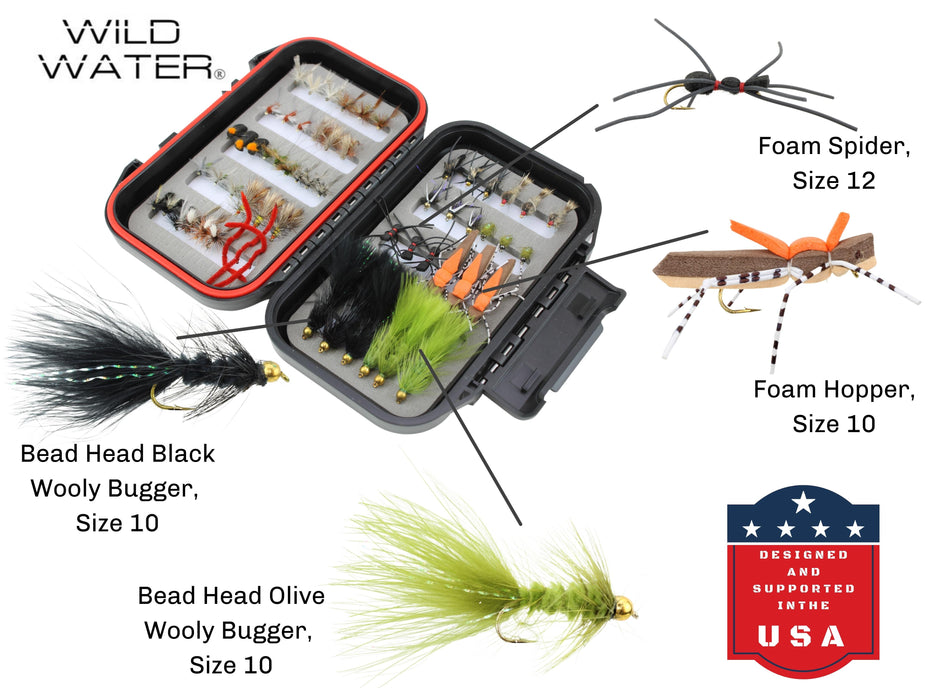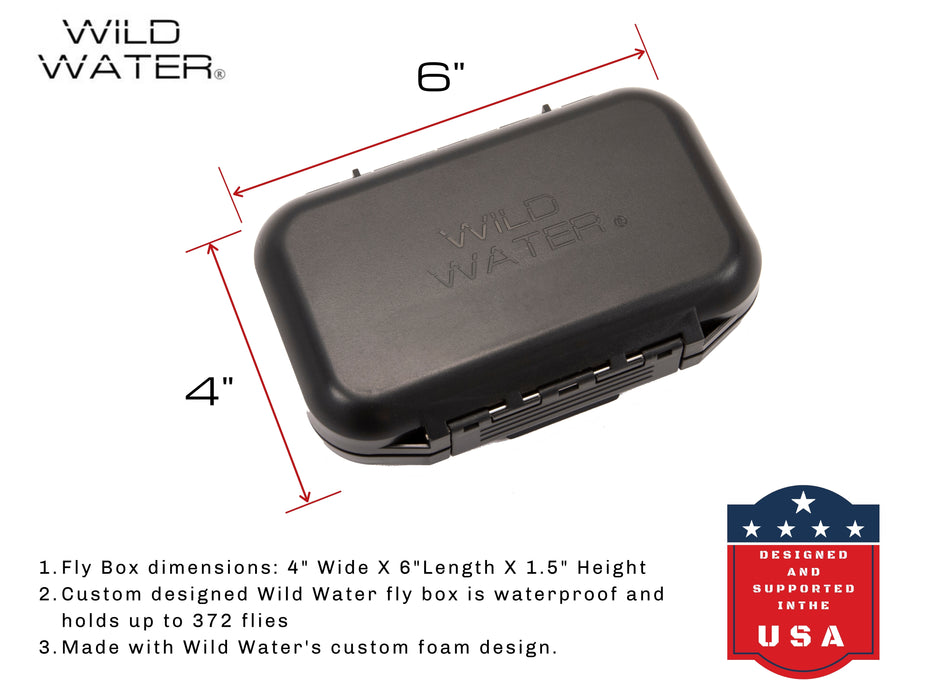Winter Fly Fishing in Northern Georgia
Winter fly fishing in North Georgia
The leaves have all fallen and the terrain is now a sea of gray lines with the trunks of trees.
Occasionally a cluster of green pines add a splash of color to the landscape. Activity slows down for most land-dwelling animals, fires feel cozier and are craved more often, beds, or in my case sleeping bags, somehow have grown arms and beckon for us to stay in them later and later each morning. The most important sign that winter fly fishing is in full swing, however, is that the trout fishing gets good.
The increase in trout fishing excitement occurs for a few reasons, the first being that trout are a cool water species. They operate best in water temperatures ranging from forty to sixty degrees Fahrenheit. In contrast, summers in the southeast get hot and can often push fisheries past the sixty-degree water temperature line. This strains the population of trout and can kill off some of the larger, mature fish. For trout minded fishermen a heat wave can put a real damper on the season's fishing, but it is a natural factor we have little control over and only adds to our eagerness for when the temperatures start to descend from mid-fall through the dead of winter. Trout get more active in the cool water and as good fly fishermen, we layer up, throw our big bug boxes aside and chase them with small nymphs and light lines.
Layering up can make or break your fishing experience in the winter months. Some days are tolerable with light layers but oftentimes a few pairs of good wool socks, a thick pair of long johns and an insulated hat make for a comfortable day in the brisk mountain water. On top of good layering, a vital keynote of preparation is a backup change of clothes. I keep a matching article of clothing for everything I have on in my Jeep when I am wade fishing year-round. I’ve rarely had to use it but let me tell you, when you need it, you need it.
For the seasoned fly-fisherman, winter is synonymous with preparation. We have the chance to slow down and prepare for the coming spring. For me, this looks like hours behind the vise, following the new spring fly fishing gear releases and big hearty meals that leave you in a blissful state of comatose.
Bugs, especially the big hitters in trout fishing, slow down, hatches become few and far between, mostly nonexistent. Bugs focus on growth for the coming warmer days of spring. As a guide and fisherman, I think of simplifying my fly boxes and focusing on two quintessential patterns: pheasant tails and zebra midges in sizes 16-22. They can vary in size and color but I stick to and have confidence in natural pheasant tails, black, and red zebra midges. They tend to coerce even the smartest fish on the toughest winter days.
On a large tributary of the mighty Toccoa River, above three-thousand feet of elevation, where the water has graduated from trickle to creek and the fish are small and wild. It requires tight casting, the ability to fish pocket water and a fisherman that wants to lace up their boots and move. It’s not easy terrain to pick through but the experiences it holds far outweighs the work it takes to get back there. The creek bed is slick, some pools are surprisingly deep, and the mountain laurel covered banks make for a steep challenging maze.
It was just below freezing this January morning; I’d been up tending a fire most of the night. I was cowboy camping and paying the price for committing a cardinal sin of cold weather camping: I let the bottom quarter of my sleeping bag get wet the day prior. I was freezing on the ice-covered ground and dreaming of the sun peaking over the steep valley walls and piping hot coffee, knowing only one was promised any time soon. It was a long night, but the day finally broke, and I was ready to move.
I had a trusty 9 foot 3 weight rod with a weight forward floating line and a 9 foot 5x fluorocarbon leader. Fluorocarbon leaders and tippet are crucial in technical cold water like this where nymphing is mandatory. I used a standard nymph rig with a slight adaptation. A Dorsey Indicator. This is a delicate yarn indicator perfect for minimal water disturbance, easy depth changing, and sensitive to indicate the lightest of strikes. Dorsey indicators are an essential piece of kit for small water and can be scaled in size to hold heavier rigs on larger streams. I tied on a size 16 bead head pheasant tail and dropped to a size 20 black zebra midge. I spent the early afternoon picking apart pockets and spending time in the deeper holes the fishery has to offer, catching mostly wild rainbow trout.
Relying solely on the natural food the current has to offer; rainbow trout are the definition of opportunistic eaters. Their full-time job is eating what’s available. They are typically smaller, somewhere in the two-to-twelve-inch range and are worthy contenders for the lighter three weight rod. I worked my way to the base of a small waterfall with cascading pools climbing to its mouth, there was only one way up. I planted my foot into an ice-covered pool and began the ascent. My experience this day held a mirror to the 90’s classic, Groundhog Day, a scene between Ned and Phil. The first step was indeed a doozy and I crashed into the cascading falls and once I had regained my bearing, I rose with waders full of water and my layers were soaked through. My afternoon of pocket water fishing came to a shivering conclusion, and I worked my way downstream with thoughts of fire and my dry bag filled with extra clothes. As a fisherman I was embarrassed but glad for the humbling experience with the cold. Every time you think you’ve got one up on mother nature, she brings you back to your senses.
Preparing for the worst and expecting the best is a great way to drift through life's current and it’s the only way to master the currents of our beautiful North Georgia and North Carolina waterways. Cell service or not, your level of experience can hinge on something as simple as an extra pair of wool socks. I’d have been frozen solid and quickly hypothermic without that dry bag in my Jeep. Fishing in the winter months is some of the most productive and challenging the southeast has to offer and once you get your bearings you’ll always want to go back for more. That evening I got back out and had some of my best success out on a wild stream.
